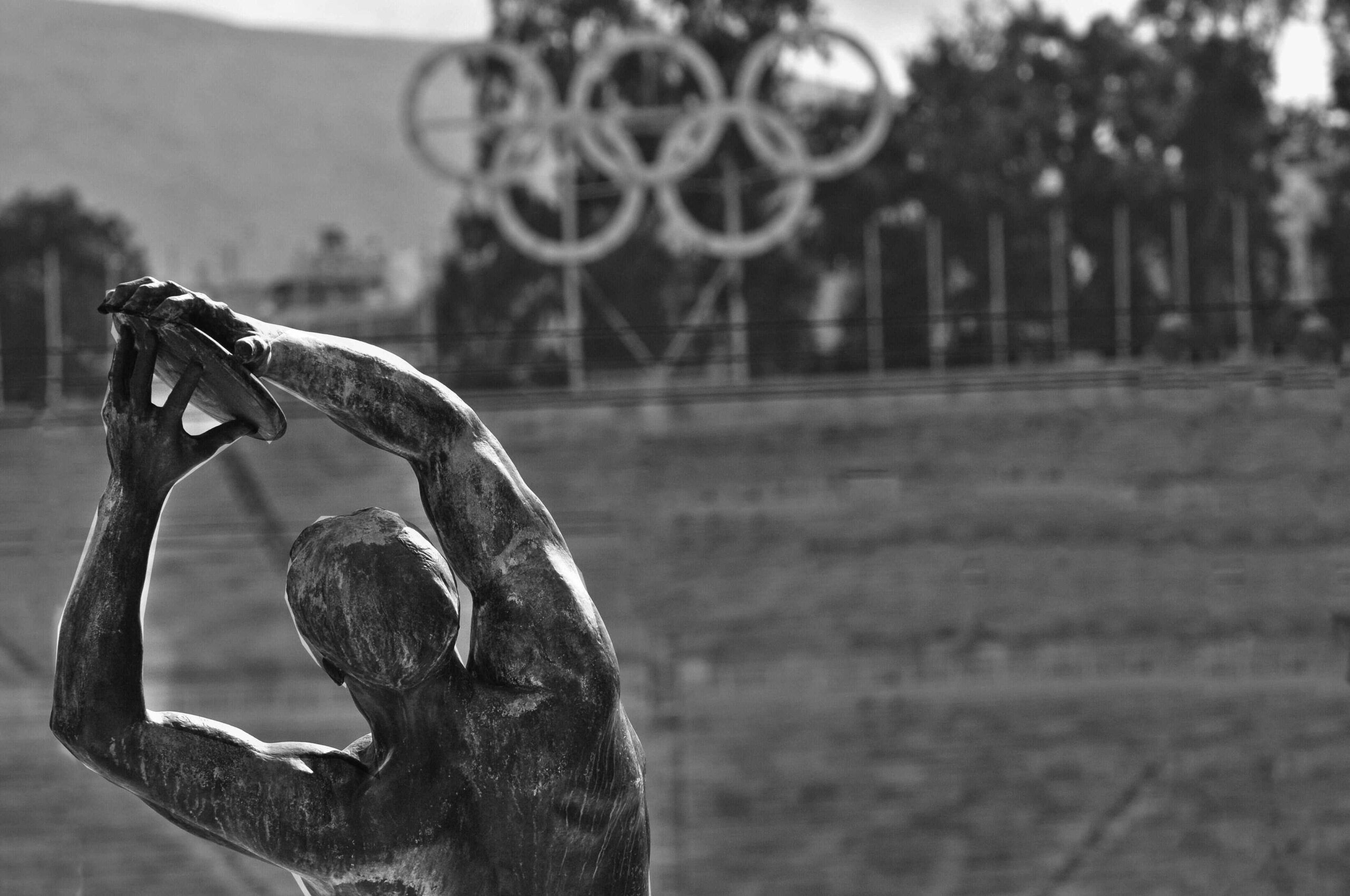
The Evolution of Olympic Sports Over the Years
Article Level: C2
Explanation: This article explores how Olympic sports have evolved since 1896, highlighting technological advances, growing inclusivity, and the addition of new disciplines that reflect changing societal values and appeal to younger audiences, while balancing tradition and innovation.
Commonly Used Words from the Article
-
Inception /ɪnˈsɛpʃən/ (noun): The beginning or start of something.
The inception of the Olympic Games marked a new era in international sports. -
Adaptability /əˌdæptəˈbɪlɪti/ (noun): The ability to change or be changed to suit new conditions.
The adaptability of the Olympics has ensured its survival for over a century. -
Spectacle /ˈspɛktəkəl/ (noun): An impressive or dramatic public display or event.
The opening ceremony was a grand spectacle that captivated the audience. -
Inclusivity /ɪnˌkluːˈsɪvɪti/ (noun): The practice of including people who might otherwise be excluded or marginalised.
The Olympics promotes inclusivity by offering events for athletes of all abilities. -
Curate /ˈkjʊərət/ (verb): To select, organise, and look after items or content.
The IOC must carefully curate the list of sports for each Olympic Games.
Audio File of the Article
Read more: The Evolution of Olympic Sports Over the Years

The Evolution of Olympic Sports Over the Years
Since the inception of the modern Olympic Games in 1896, the landscape of Olympic sports has undergone profound transformations. These changes reflect broader societal shifts, advances in technology, and evolving athletic preferences, illustrating a captivating journey from traditional contests to a diverse showcase of global sporting excellence.
Initially, the Games were dominated by classic disciplines such as athletics, gymnastics, and wrestling, mirroring the ancient Olympic spirit rooted in Greco-Roman traditions. Over time, however, the inclusion of new sports has been a testament to the Olympic movement’s adaptability and commitment to remain relevant in an ever-changing world. Sports like basketball and volleyball, which were absent at the start, have become integral to the Olympic programme, attracting millions of viewers worldwide.
Technological advancements have also significantly influenced Olympic sports. Innovations in timing systems, equipment, and training methodologies have not only enhanced performance but also heightened the spectacle for spectators. The introduction of video refereeing and electronic timing has ensured fairer competition, while equipment improvements, such as lightweight running shoes and aerodynamic bicycles, have pushed the boundaries of human capability.
The Olympic movement has increasingly embraced diversity and inclusivity, reflected in the expansion of women’s events and the addition of Paralympic sports. These developments demonstrate a commitment to equality, enabling athletes of all backgrounds and abilities to compete on the world stage. Notably, the inclusion of mixed-gender events marks a progressive step towards gender parity.
In recent years, the Olympic programme has become more dynamic, incorporating sports that resonate with younger generations. Disciplines like skateboarding, sport climbing, and surfing have been added to appeal to evolving tastes and cultural trends. This strategy aims to maintain the Olympics’ status as the pinnacle of international sport while engaging a broader, more diverse audience.
Nevertheless, the evolution of Olympic sports is not without controversy. Debates often arise over which sports merit inclusion or exclusion, balancing tradition against innovation. The International Olympic Committee (IOC) faces the ongoing challenge of curating a programme that honours heritage yet embraces progress.
In conclusion, the evolution of Olympic sports exemplifies the enduring spirit of the Games—a celebration of human endeavour, innovation, and unity. As the world changes, so too does the Olympics, continually adapting to inspire new generations while honouring its rich history.

Grammar Notes
-
This article primarily employs complex sentences, often combining multiple clauses using conjunctions such as however, while, and although to express contrast and nuance.
-
The present perfect tense is frequently used to describe changes that have occurred over time, e.g., “the inclusion of new sports has been a testament…” This tense emphasises the connection between past developments and their present impact.
-
Additionally, passive voice appears in phrases like “have been added” and “has been a testament,” highlighting actions without focusing on the subject. Understanding these grammatical structures is essential for advanced learners aiming to write formally and precisely.

Five Questions Based on the Article
-
How have technological advancements influenced Olympic sports?
-
Which new sports have been added recently to appeal to younger audiences?
-
What role does inclusivity play in the evolution of the Olympic Games?
-
Why is there controversy regarding the inclusion or exclusion of certain sports in the Olympics?
-
How does the Olympic movement balance tradition with modernity?

We’d love to hear your thoughts! Join the conversation by leaving a comment below. Sharing your insights, questions, or experiences can help you connect with others in our English learning community. It’s a great way to practice your English skills, engage with like-minded individuals, and improve together. Don’t be shy—jump in and let’s keep the discussion going!

 EnglishMasteryHub
EnglishMasteryHub